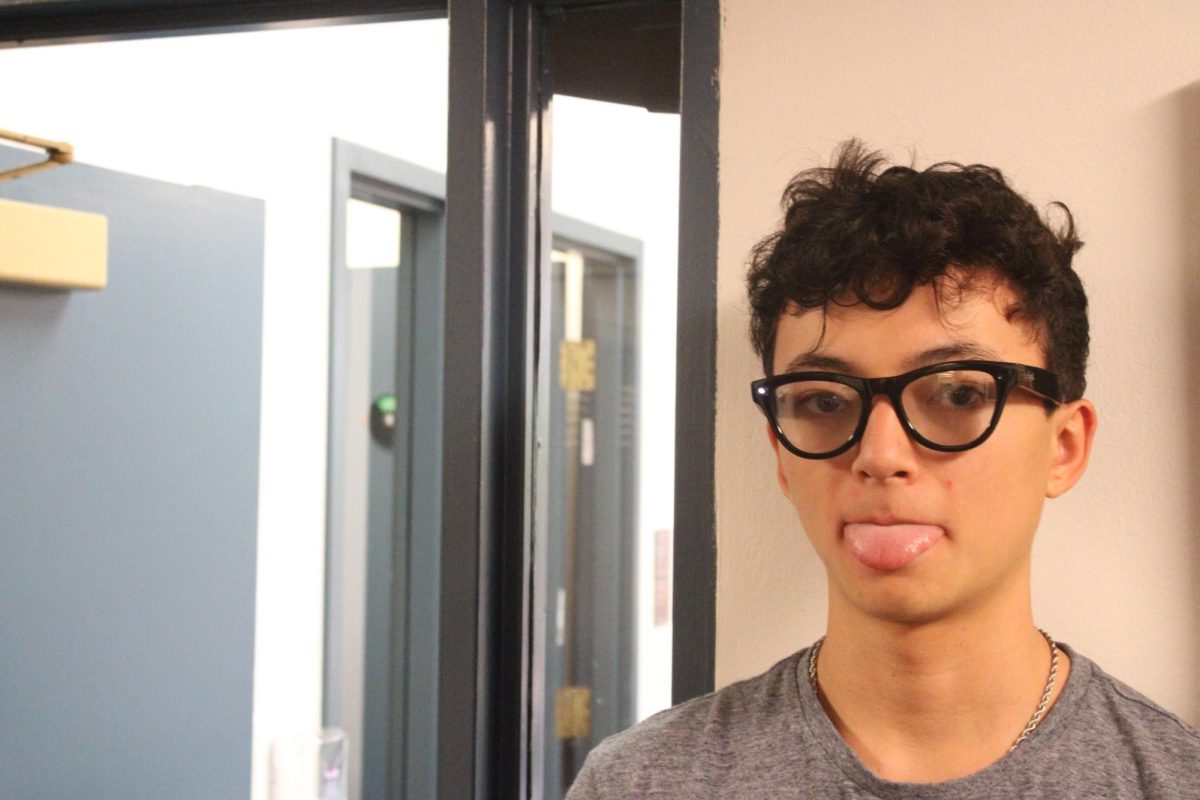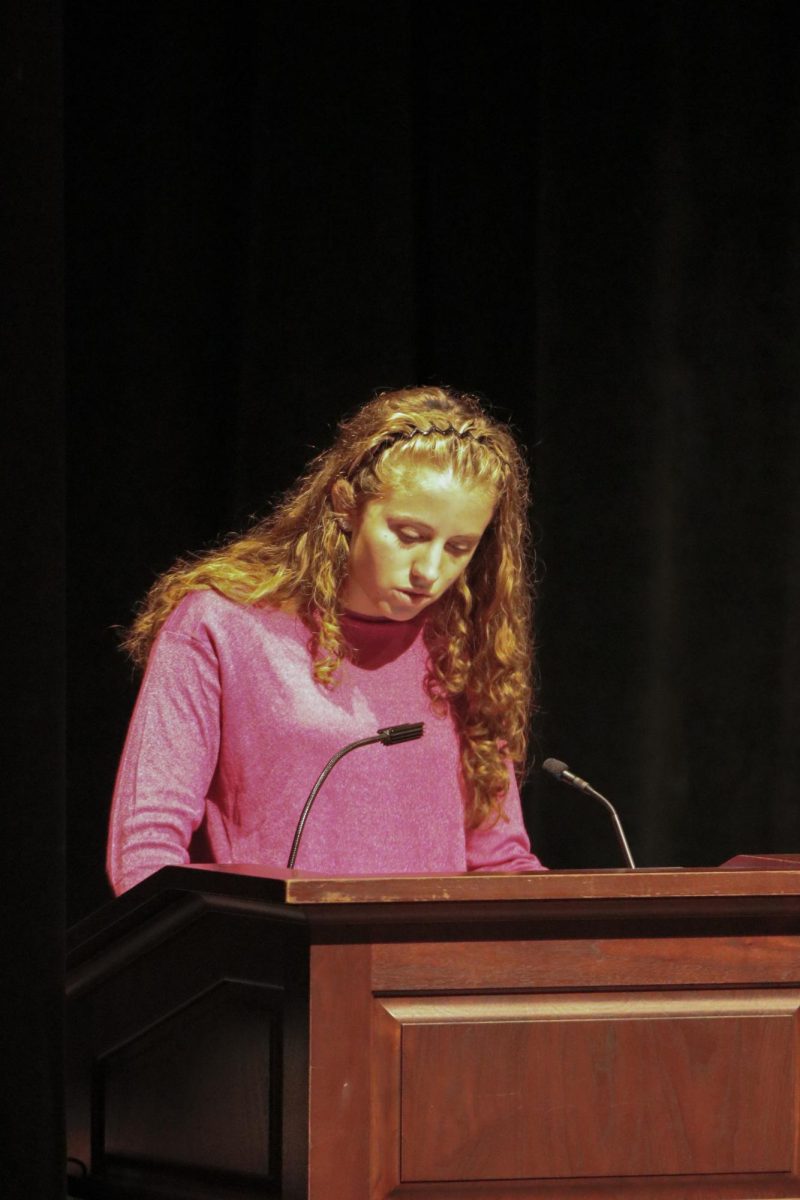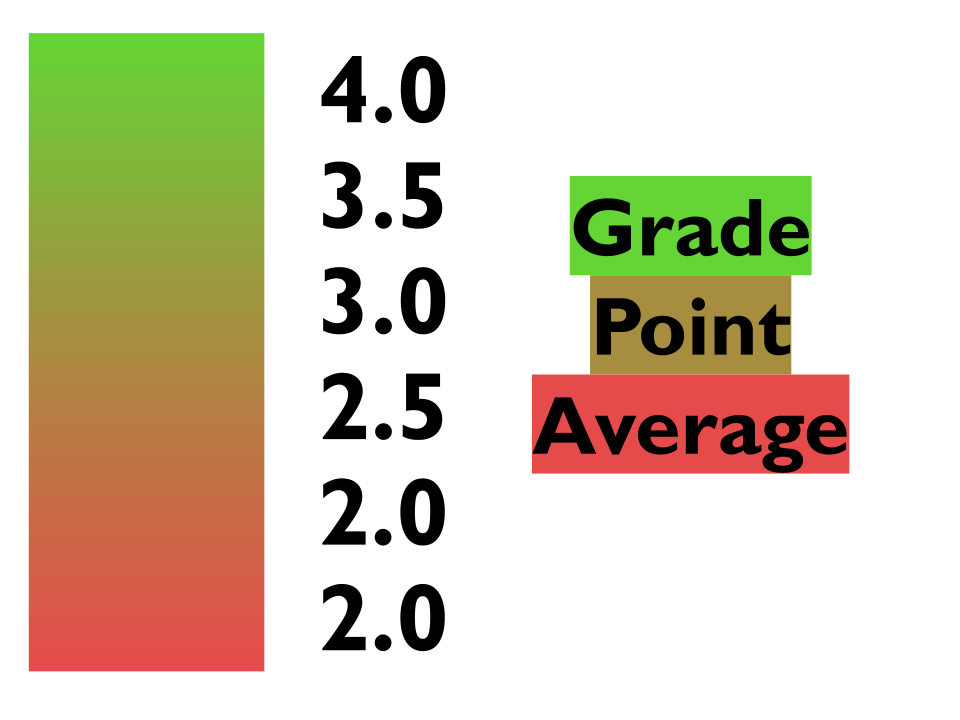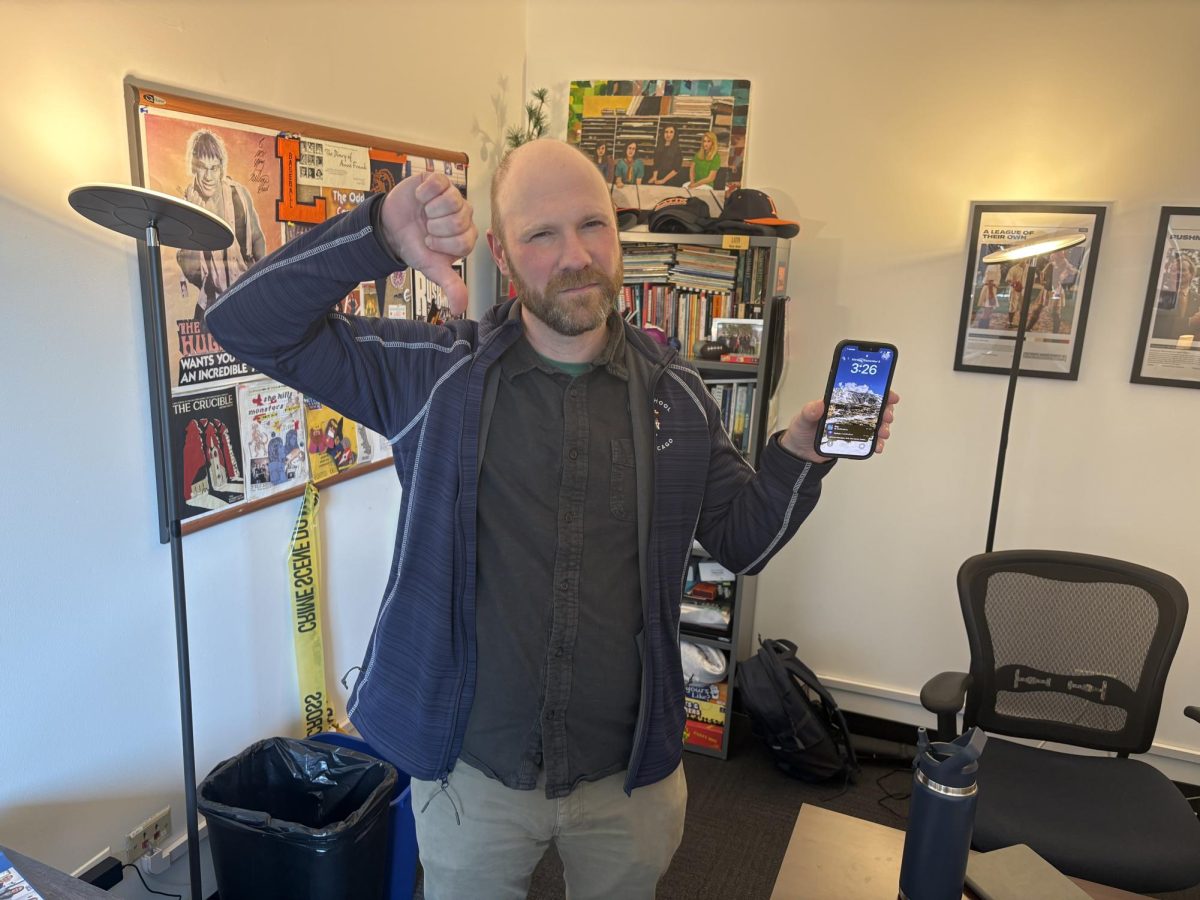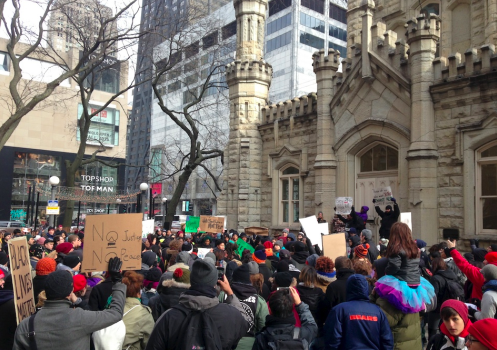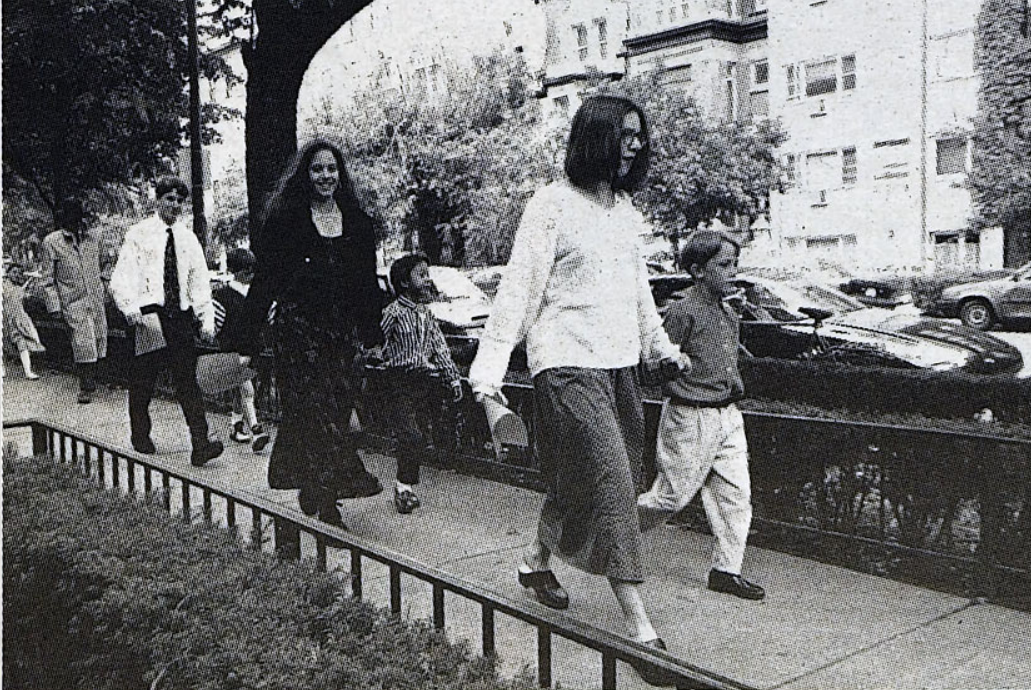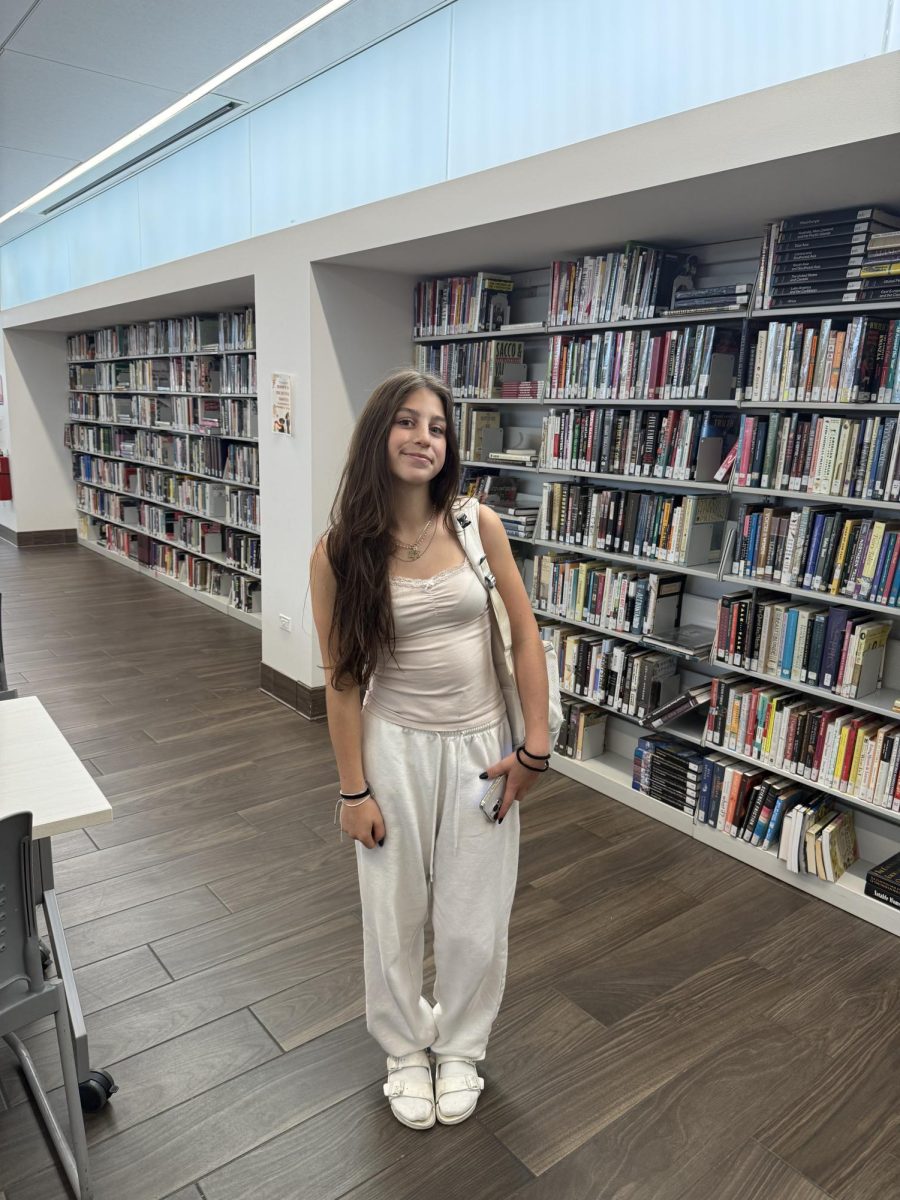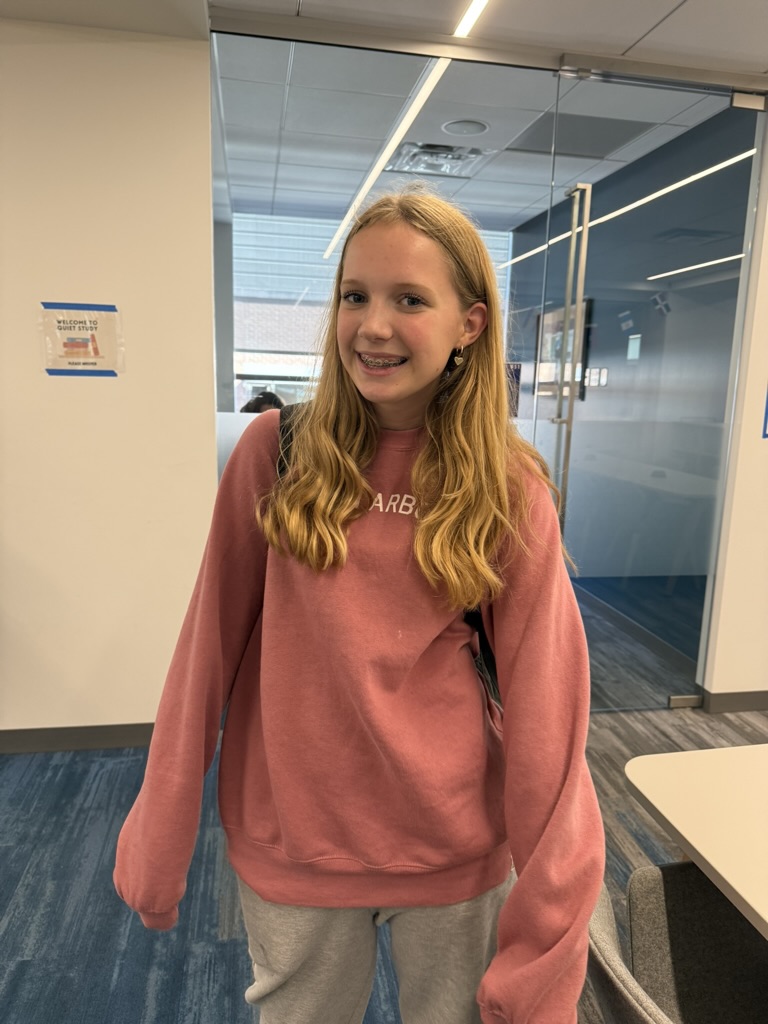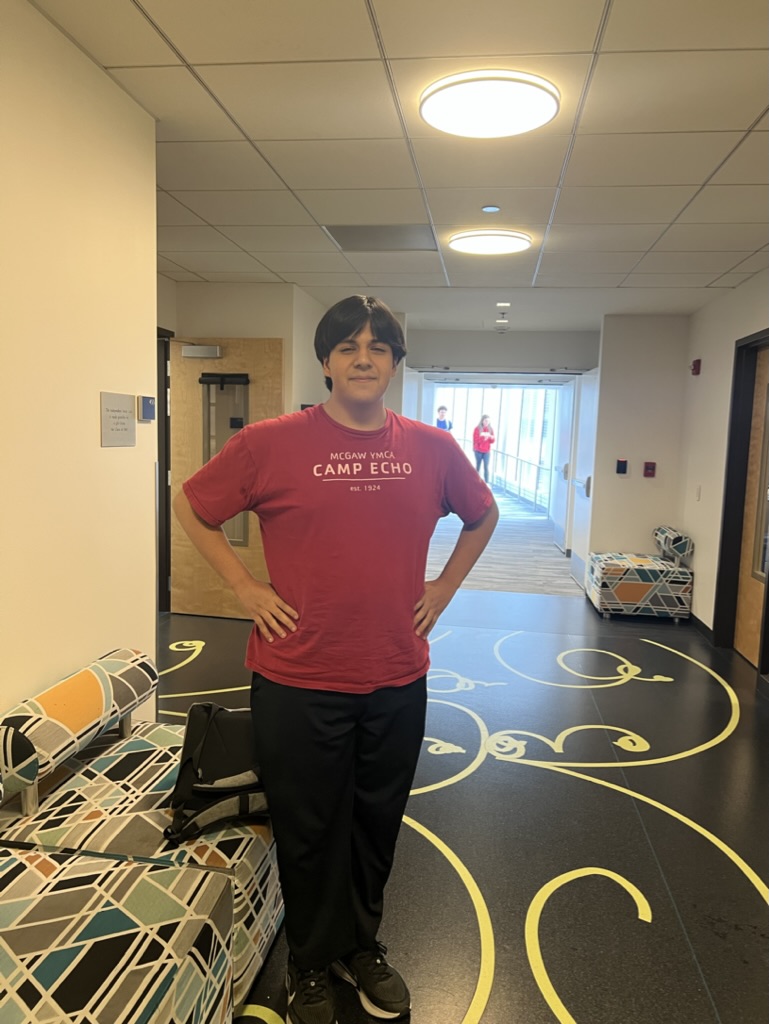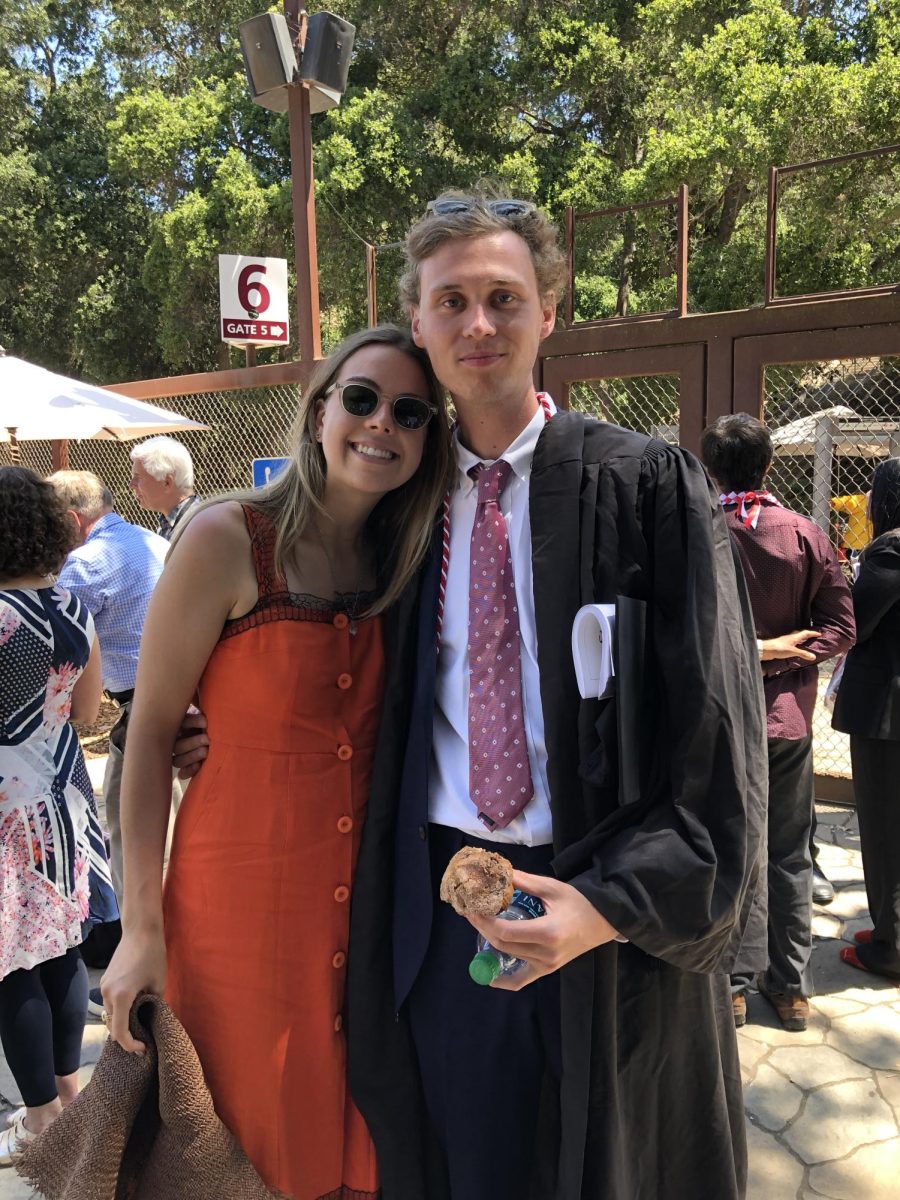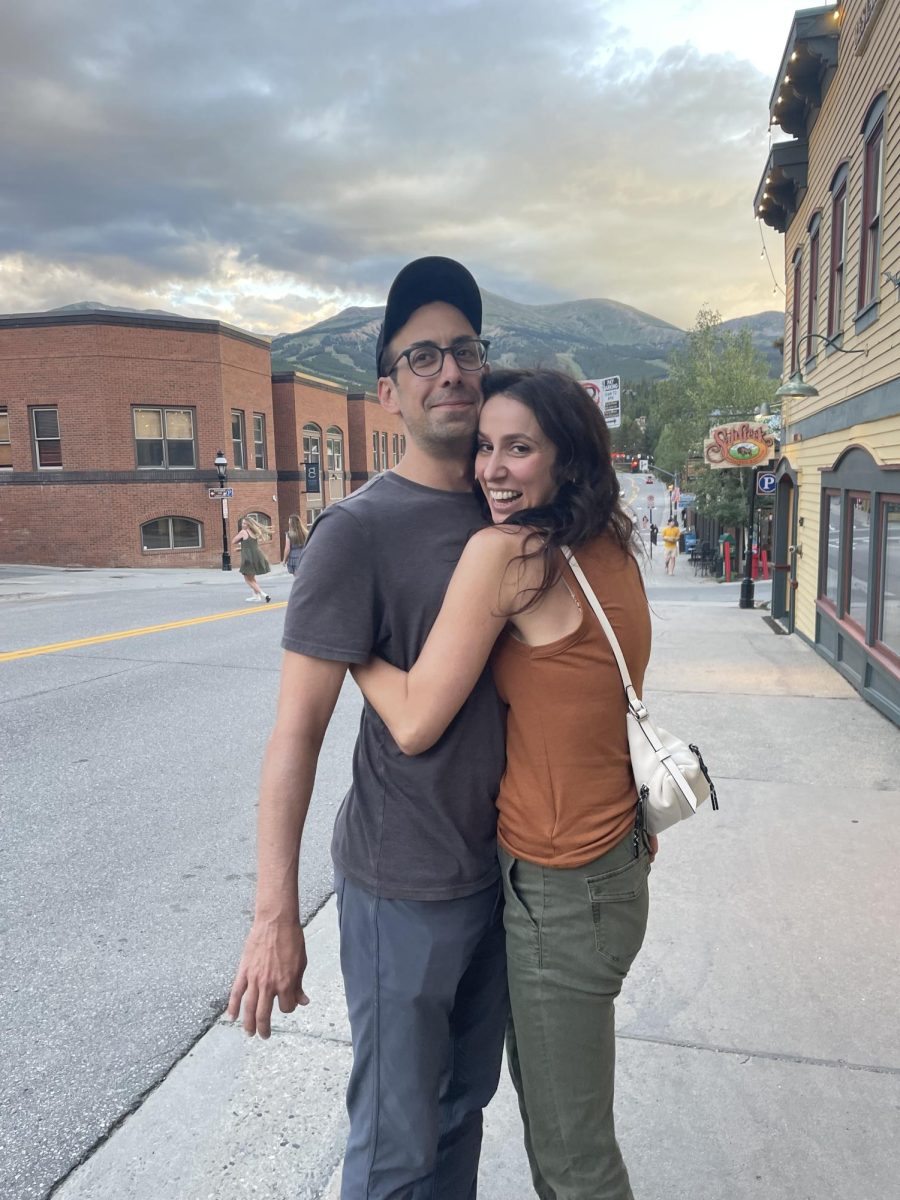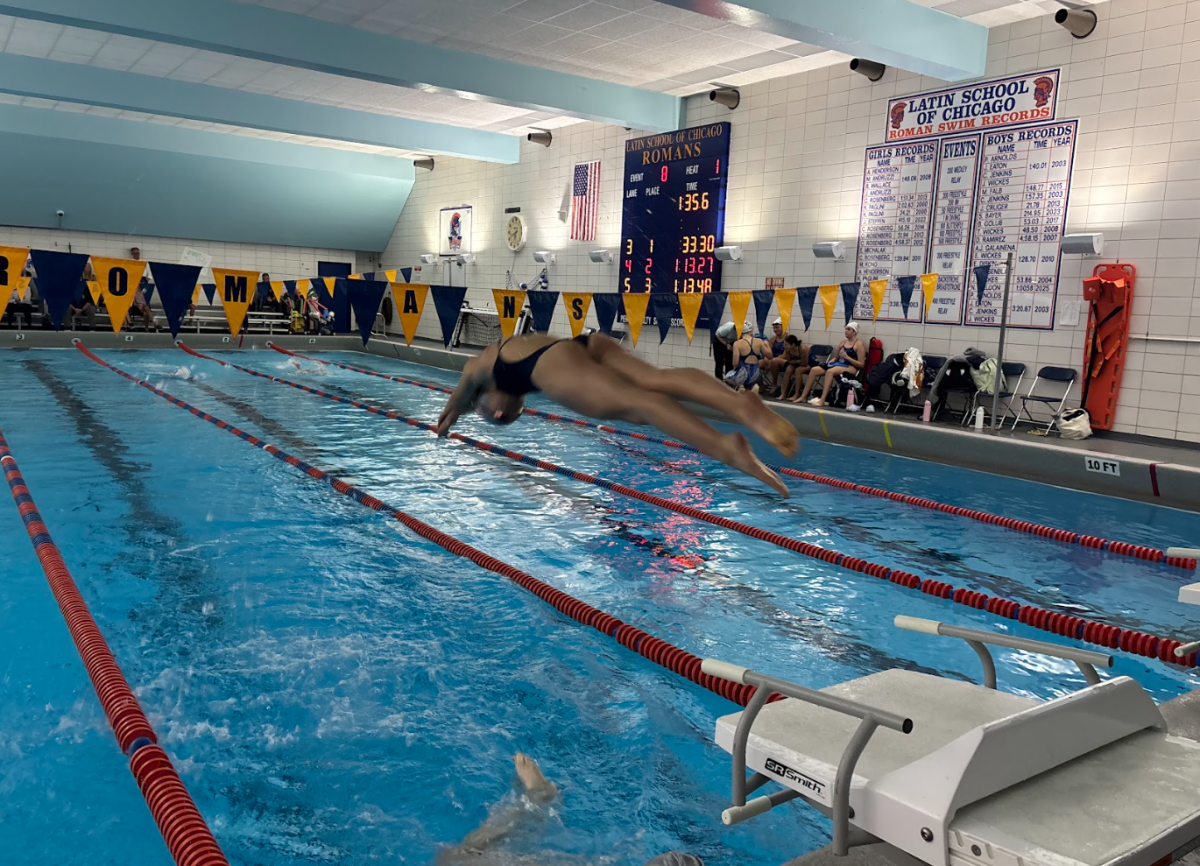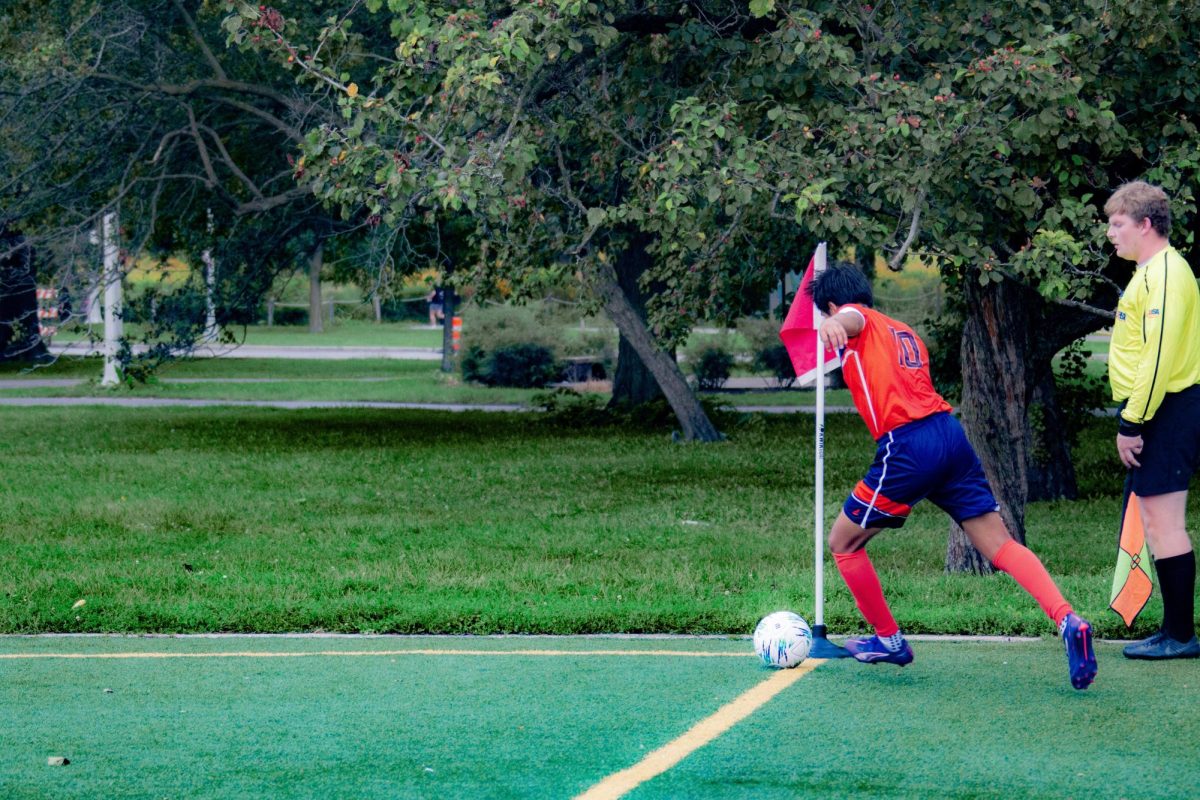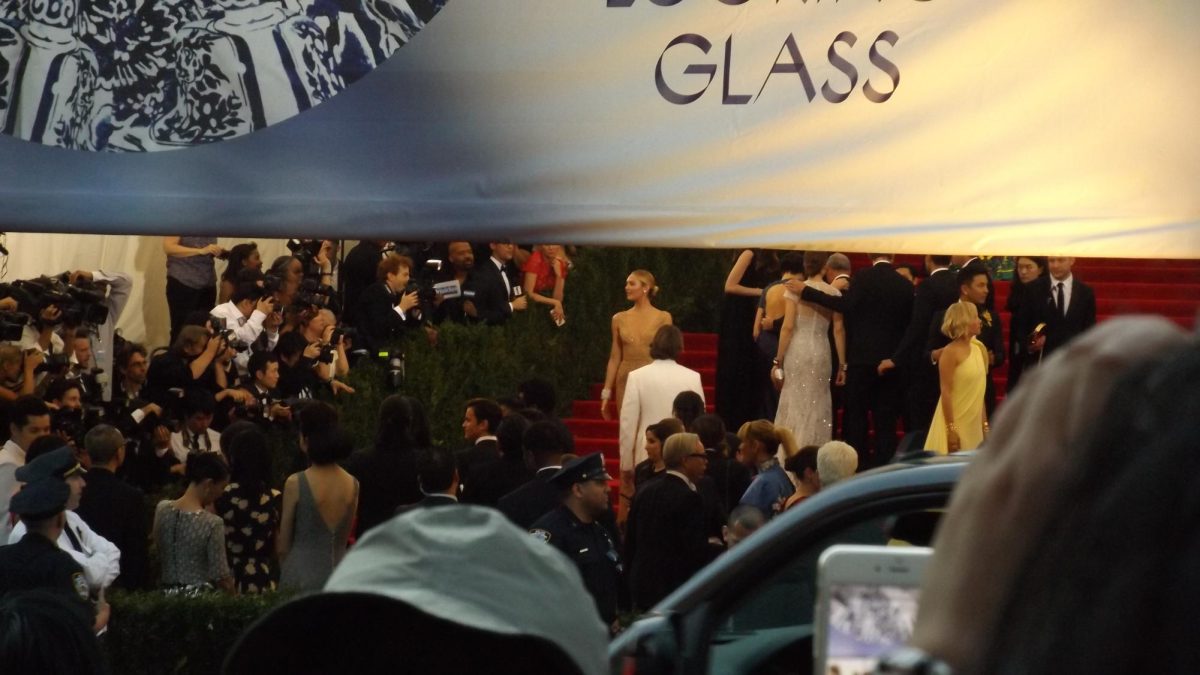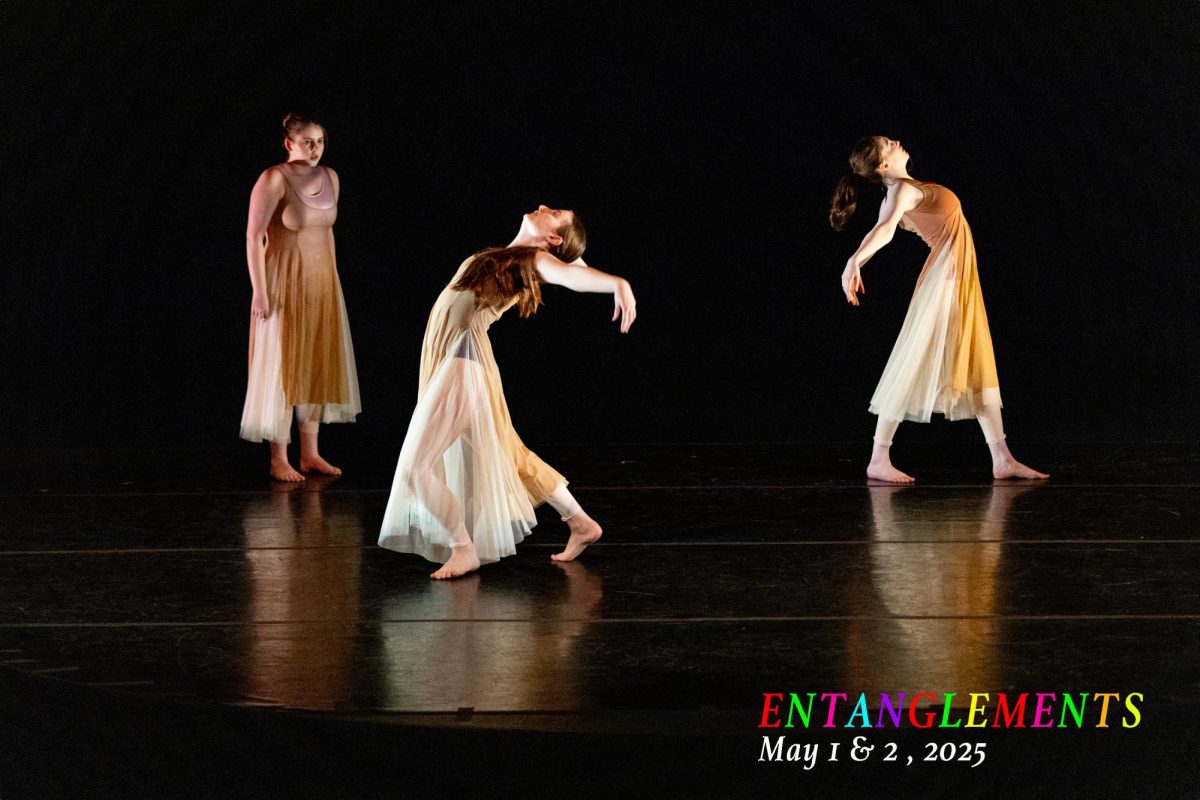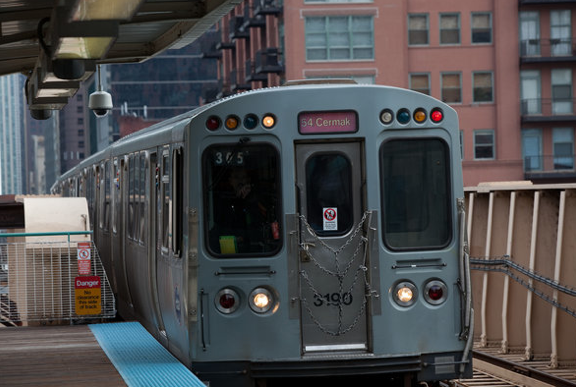By Tanya Calvin
shorter video clip: http://vimeo.com/44945735
longer video clip: http://vimeo.com/44908528
As city kids, students at Latin take the train all the time. It’s pretty common that I see someone from school on the Red or Brown Line on my daily route. Most of us put in our headphones or open a book and zone out during our rides, usually no longer than ten to twenty minutes. A recent video on WBEZ made me take a second look on my way to school in the morning; it shows a time lapse of a ride going south on the Red Line and then back north. There is no better way to illustrate the segregation in Chicago than with the city’s most used train route. In just a minute, the video shows it clearly: there are parts of Chicago where certain races live and others don’t.
Last summer, I was taking ACT prep classes near the Roosevelt Red Line stop. Coming from Belmont, I could see most of the white passengers getting off closer to the loop stops and usually by Monroe, the car was empty. Then, at Jackson, almost only black passengers would board. This was always something that I noticed but never put much thought into. Chicago is known as being the most segregated city in the U.S., but how often do we notice that as Latin students?
Freshman Chris Barboi does when he rides the Red Line past Cermak. He’s noticed that he almost never rides past Cermak and wonders if that makes him “a product of this segregation.” This idea is nothing new to junior Milon Hutchinson, who says “it’s such an everyday thing for me to ride the Red Line that I’m desensitized to the dark reality of it.” Junior Miya Coleman used to live in the “renovated” Cabrini Green area for about five years and notes “it was only five minutes from Latin but the fundamental differences made it feel like a different world.” She remembers someone her dad met in the park one day who had never been to the beach. “This guy lived in Cabrini his whole life, a simple twenty minute walk to the beach. He said that whenever he left he would only go to the West side and referred to people in Lincoln Park as ‘them’ and ‘those people,’” says Miya.
Is that man any different than Latin students who never venture out to Pilsen or Bronzeville? It’s the same idea: being limited to an area of Chicago where one is comfortable and therefore missing out on others. The consequences, though, are much greater than just not seeing Lake Michigan. Segregation in Chicago has created a cycle of poverty that widens the gap between socioeconomic classes. Schools in lower-income neighborhoods aren’t funded as much as others, and the students who go there usually don’t go to college. They don’t make enough money to move to a “better” neighborhood with “better” schools, and then their family is trapped.
That’s not to say that money should come easily to anyone; hard work and perseverance is always important. The question is whether or not kids should have to fight as hard as they are now to break the cycle. That’s why it’s important that the city has programs like High Jump, which most people at Latin are familiar with, that gives low income students the opportunity to go to college prep high schools. That’s the kind of unifying that Chicago needs, otherwise the city will stay as segregated as it is, with people living in it their whole lives without having seen something that’s twenty minutes away.
]]>
